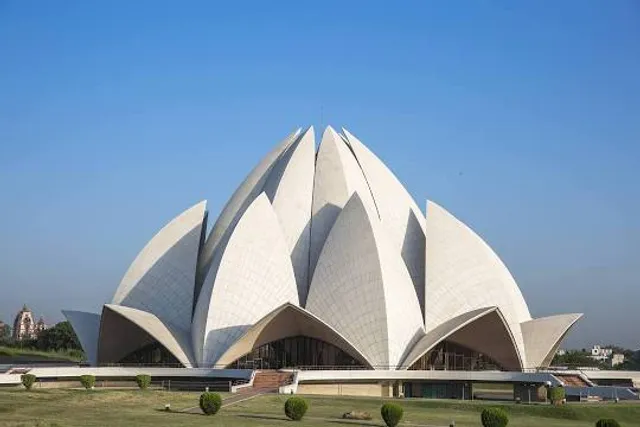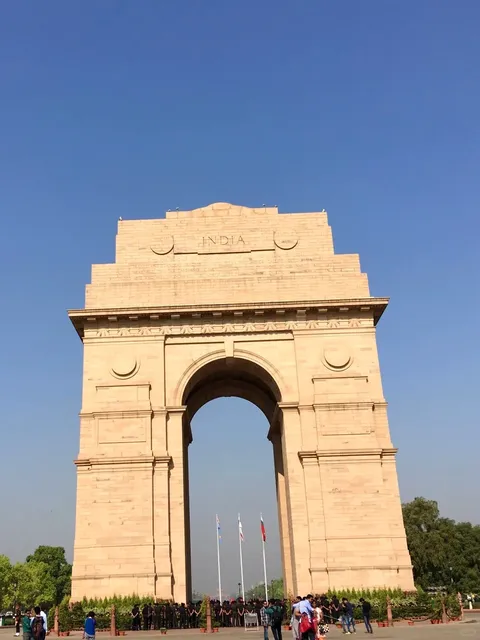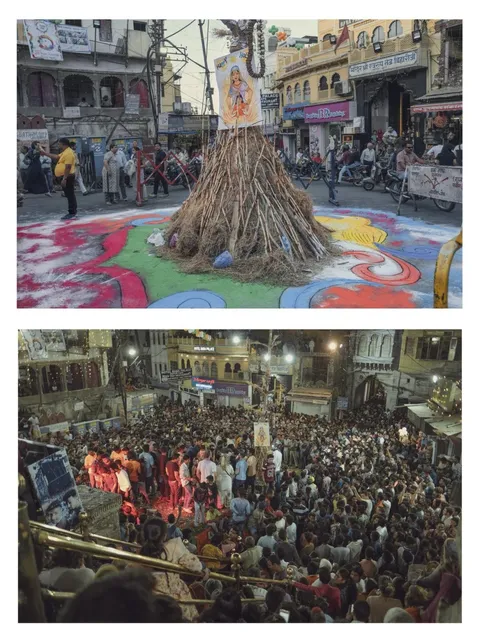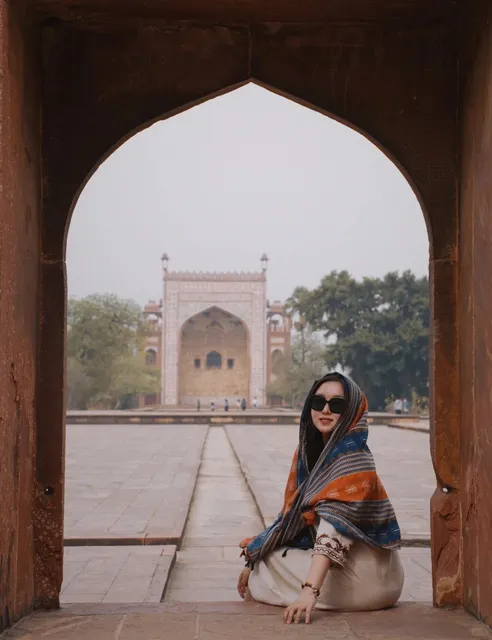Lotus Temple things to do, attractions, restaurants, events info and trip planning
Basic Info
Lotus Temple
Lotus Temple Rd Bahapur, Kalkaji, New Delhi, Delhi 110019, India
4.5(23.5K)
Open 24 hours
Save
spot
spot
Ratings & Description
Info
The Lotus Temple, located in New Delhi, India, is a Baháʼí House of Worship that was dedicated in December 1986. Notable for its lotus-like shape, it has become a prominent attraction in the city. Like all Bahá’í Houses of Worship, the Lotus Temple is open to all, regardless of religion or any other qualification.
Cultural
Outdoor
Family friendly
Accessibility
attractions: ISKCON Temple - Glory of India, Astha Kunj Park, Sri Sri Radha Parthasarathi Temple (ISKCON Delhi), Hare Krishna Mandir Lajpat Nagar, East of Kailash, Fitso Flash - ISKCON Temple, restaurants: TT, The Flying Saucer Cafe, Chaat bhandar, Golden Fiesta, Govinda's Restaurant, Nehru Place Social, Burger King, The Chatter House, FIO - Cookhouse & Bar, Delhi Spice
 Learn more insights from Wanderboat AI.
Learn more insights from Wanderboat AI.Phone
+91 11 2644 4029
Website
bahaihouseofworship.in
Plan your stay

Pet-friendly Hotels in Delhi
Find a cozy hotel nearby and make it a full experience.

Affordable Hotels in Delhi
Find a cozy hotel nearby and make it a full experience.

The Coolest Hotels You Haven't Heard Of (Yet)
Find a cozy hotel nearby and make it a full experience.

Trending Stays Worth the Hype in Delhi
Find a cozy hotel nearby and make it a full experience.
Reviews
Nearby attractions of Lotus Temple
ISKCON Temple - Glory of India
Astha Kunj Park
Sri Sri Radha Parthasarathi Temple (ISKCON Delhi)
Hare Krishna Mandir Lajpat Nagar, East of Kailash
Fitso Flash - ISKCON Temple
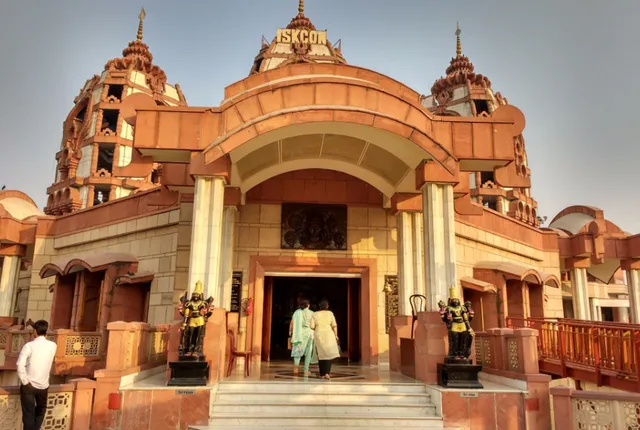
ISKCON Temple - Glory of India
4.7
(12K)
Open 24 hours
Click for details
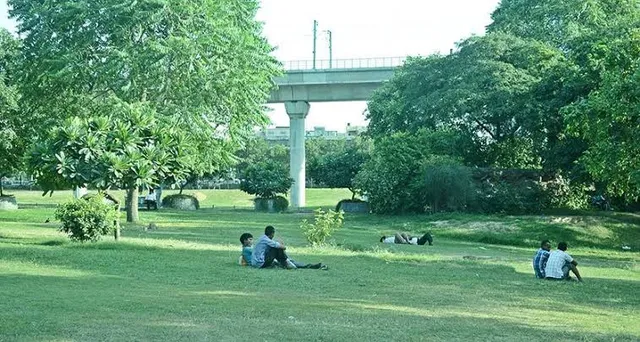
Astha Kunj Park
4.3
(1.4K)
Open 24 hours
Click for details
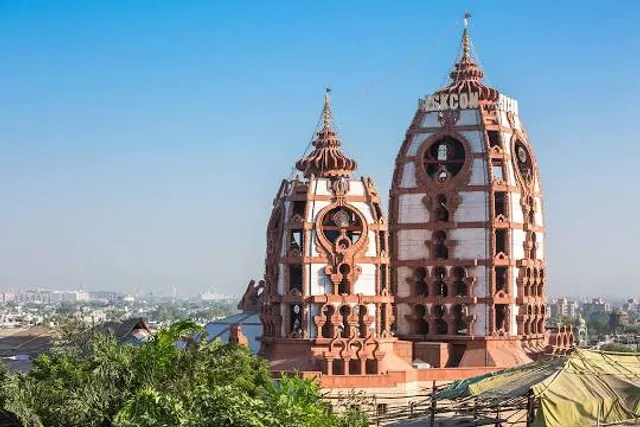
Sri Sri Radha Parthasarathi Temple (ISKCON Delhi)
4.8
(247)
Open 24 hours
Click for details
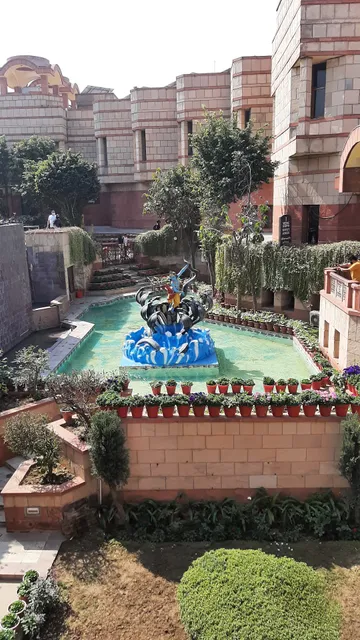
Hare Krishna Mandir Lajpat Nagar, East of Kailash
4.6
(81)
Open 24 hours
Click for details
Things to do nearby

Old Delhi Food-Temples-Spice Market & Rickshaw
Tue, Dec 23 • 9:30 AM
New Delhi, Delhi, 110006, India
View details
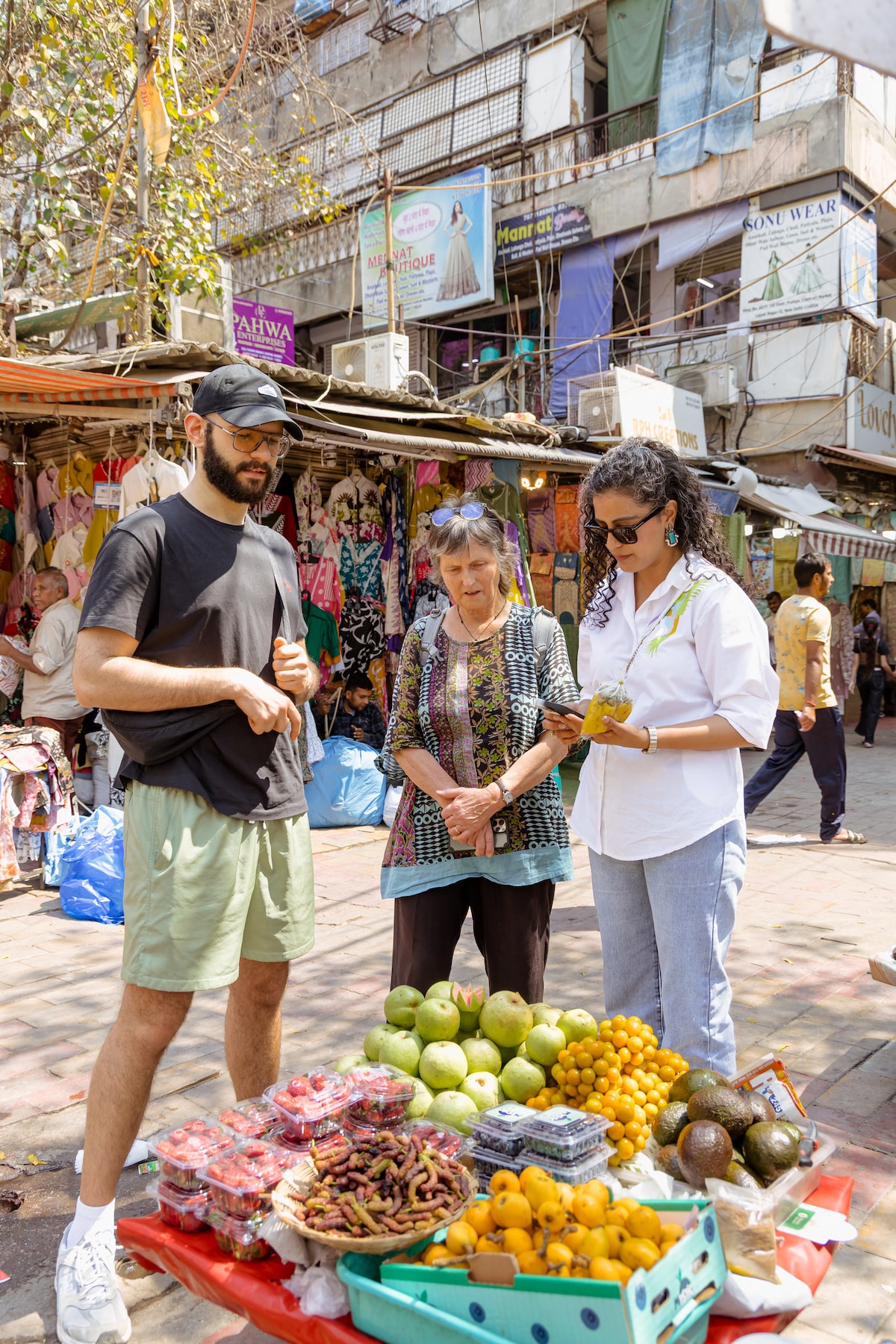
Craft home-style cuisine in Delhi
Tue, Dec 23 • 11:00 AM
New Delhi, Delhi, 110024, India
View details
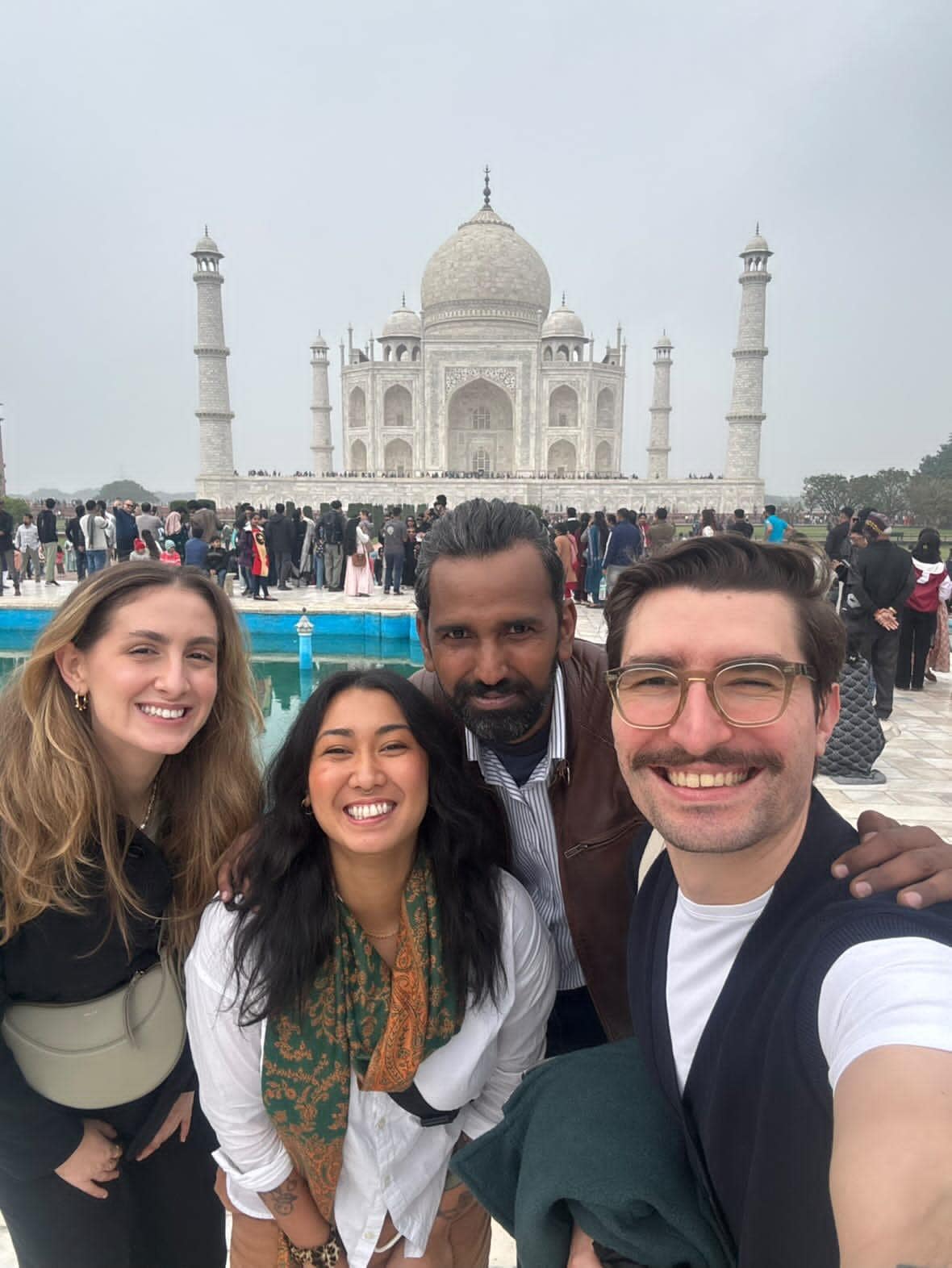
Explore Golden Triangle of Delhi, Agra and Jaipur
Wed, Dec 24 • 5:00 AM
New Delhi, Delhi, 110037, India
View details
Nearby restaurants of Lotus Temple
TT
The Flying Saucer Cafe
Chaat bhandar
Golden Fiesta
Govinda's Restaurant
Nehru Place Social
Burger King
The Chatter House
FIO - Cookhouse & Bar
Delhi Spice
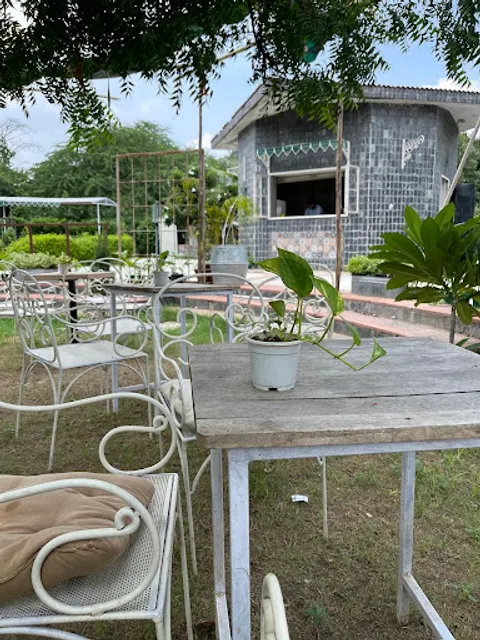
TT
4.7
(99)
Click for details

The Flying Saucer Cafe
4.1
(2.1K)
Click for details

Chaat bhandar
3.8
(4)
Click for details
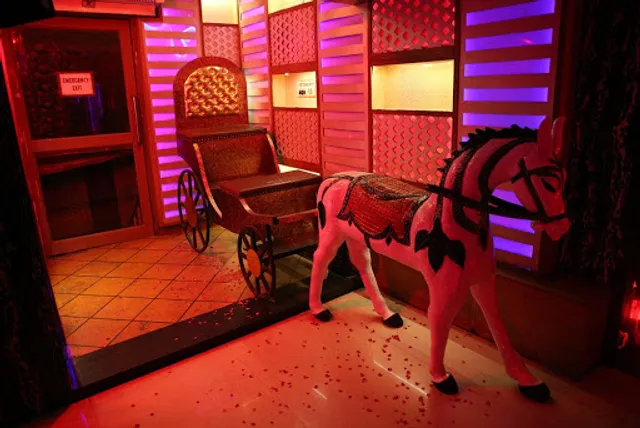
Golden Fiesta
3.8
(665)
$$
Click for details
